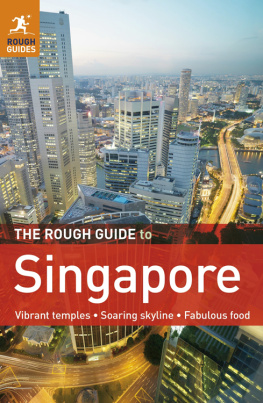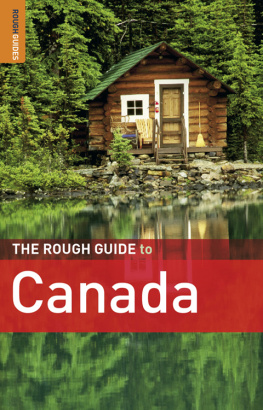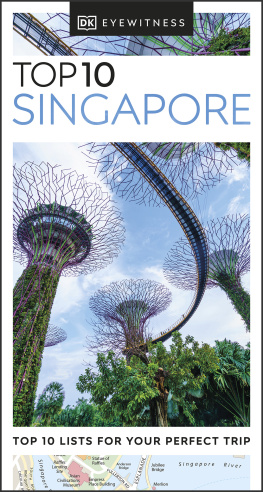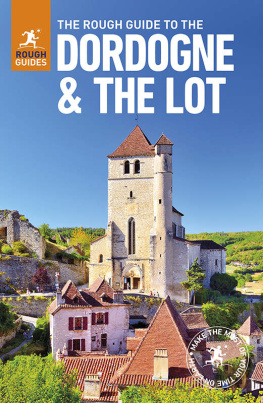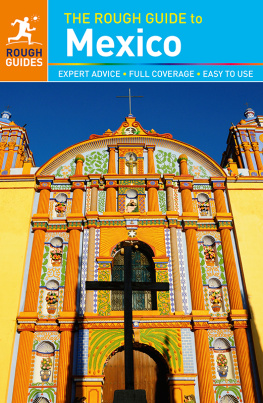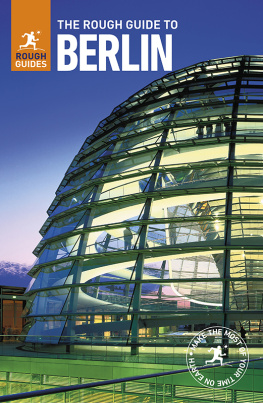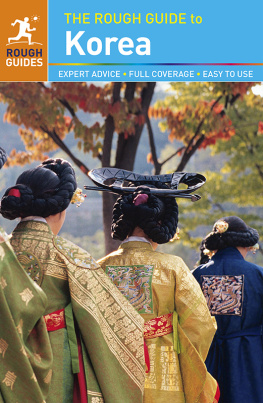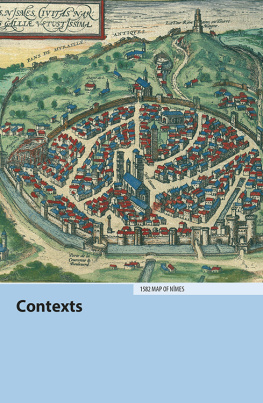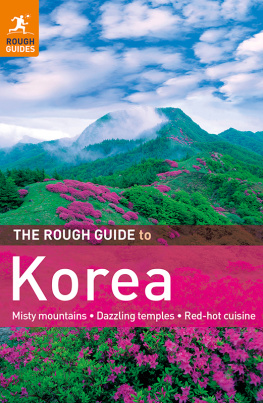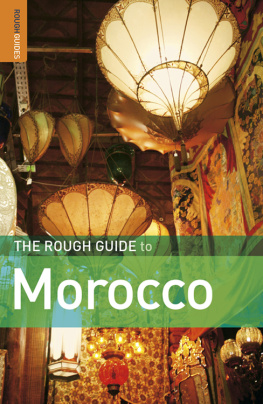How to Use this Rough Guide ePub
This Rough Guide is one of a new generation of informative and easy-to-use travel-guide eBooks that guarantees you make the most of your visit before, during and after your stay. Use this eBook both to plan your trip and explore your destination when visiting. So, before you depart, check out the illustrated Introduction, plan your itinerary using the wealth of suggestions on offer, or simply browse the guide and be inspired.
The best way to explore this guide is to begin at the main table of contents. The first section of the eBook gives you a flavour of the destination, with must-see sights and suggested itineraries. This is followed by: the Basics essential practical information; the best sights, area by area; listings on everything from hotels and restaurants to festivals; and Contexts, the history of the destination and its presence in popular culture.
Shorter contents lists appear at the start of every section in the guide, and are designed to make chapter navigation quick and easy. You can jump back to these by tapping the chapter-heading links that sit with an arrow icon at the end of every article.
Every area of the destination has a clear and beautifully presented map. Depending on your hardware, you will be able to double-tap on the maps to see larger-scale versions fill your screen.
As you use this guide, youll notice that some entries are marked by a small Rough Guides running man icon; this denotes the authors picks. You can select your own favourites and create a personalized itinerary by bookmarking the sights, venues and activities that are of most interest, giving you the quickest possible access to everything youll need for your time away.
Introduction to Singapore
Singapore is certainly the handiest and most marvellous city I ever saw, as well planned and carefully executed as though built entirely by one man. It is like a big desk, full of drawers and pigeonholes, where everything has its place, and can always be found in it.
W. Hornaday, 1885
Despite the immense changes that the twentieth century wrought upon the tiny island of Singapore, this succinct appraisal by the natural historian William Hornaday is as valid today as it was in 1885. Over the past half-century, the city-state has been transformed from an endearingly chaotic colonial port, one that embodied the exoticism of the East, into a pristine, futuristic shrine to consumerism. In the process, the city acquired a reputation for soullessness, but these days Singapore has taken on a more relaxed and intriguing character, one that achieves a healthier and more enjoyable balance between Westernized modernity and the island's traditional cultures and street life.
The foundation for Singapore's prosperity was its designation as a tax-free port by Sir Stamford Raffles, who set up a British trading post here in 1819. The port plays a key role in the economy to this day, though the island now also thrives on high-tech industry, financial services and tourism, all bolstered by a super-efficient infrastructure. None of this could have been achieved without major compromise, with the people accepting heavy-handed management by the state over most aspects of life in exchange for levels of affluence that would have seemed unimaginable a couple of generations ago. Thus it is that since independence much of the population has been resettled from downtown slums and outlying kampongs (villages) into new towns, and the city's old quarters have seen historic buildings and streets bulldozed to make way for shopping malls.
Yet while Singapore lacks much of the personality of some Southeast Asian cities, more than enough alluring temples, fragrant medicinal shops and grand colonial buildings survive to captivate visitors. Much of Singapore's fascination springs from its multicultural population, a mixture of Chinese, Malay and Indian, which can make a short walk across town feel like a hop from one country to another, and whose mouthwatering cuisines are a major highlight of any visit. The city also boasts a clutch of fine historical museums that offer a much-needed perspective on the many successes and sacrifices that made Singapore what it is today, plus a lively arts scene featuring no shortage of international talent and local creativity.
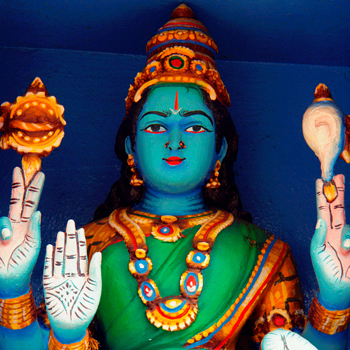
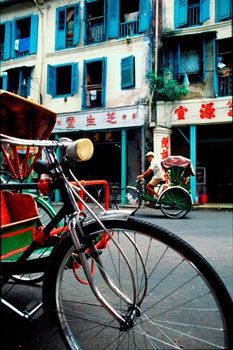
Trishaw in Chinatown
Fact file
For nearly 100 years, Singapore was governed as a British Crown Colony. In 1959 it attained full internal self-government before briefly entering into an unhappy union with Malaysia in 1963. Singapore became independent in its own right in 1965.
Including outlying islands, the country has an area of 710 square kilometres about half the size of Greater London and slightly smaller than New York City.
The population is around five million, of whom over a million are migrant workers. Of the settled population, nearly three-quarters are ethnic Chinese, fourteen percent are Malay and nine percent are of Indian descent. There are four official languages: English, Mandarin Chinese, Malay and Tamil. In practice English dominates both in government and in business.
Singapore is a republic with an elected president as head of state, though most power rests with the prime minister.
What to see
Shaped like a diamond, Singapore's main island is 42km from east to west and 23km from north to south, compact enough to explore in just a few days. The southern corner of the diamond is home to the main part of the city "downtown" or just "town" to locals which centres on the Singapore River, the creek where Raffles first landed on the island in 1819. For visitors, the main draws are undoubtedly the city's historic ethnic enclaves, particularly Little India, a couple of kilometres north of the river. Packed with gaudy Hindu temples, curry houses and stores selling exotic produce and spices, the district retains much of its original character, as does the Arab Quarter nearby, dominated by the golden domes of the Sultan Mosque. South of the river, Chinatown is a little sanitized though it still has a number of appealing shrines, an immaculately restored Chinese mansion, the Baba House, plus a heritage centre documenting the hardships experienced by generations of Chinese migrants to Singapore. Wherever you wander in these old quarters, you'll see rows of the city's characteristic shophouses, compact townhouse-like buildings that traditionally had a shop below and residential space above, though their most striking feature is that the facade at ground level is set back from the road to create a five-foot way, a shaded corridor serving as a pavement walkway.
Of course, the British left their distinctive imprint on the island as well, most visibly just north of the Singapore River in the Colonial District, around whose grand Neoclassical buildings including City Hall, Parliament House and the famed Raffles Hotel the island's British residents used to promenade. Also here are the excellent National Museum, showcasing Singapore's history and culture, and Fort Canning Hill, a lush park that's home to a few historic remains. From here, it's a five-minute stroll to the eastern end of Orchard Road, whose entire length is a veritable metropolis of shopping malls. Just beyond is the finest park on the whole island, the

